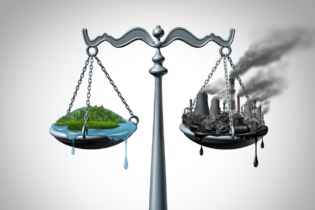If we are to genuinely address our highly complex water and sanitation problems, water sector professionals must all join hands to realise our common aspirations in a more systemic manner.
There are various key water management and related institutions at both national and local government level that all play a critical role (one way or the other) with respect to water supply and sanitation services.
Water and sanitation management and related functions performed by these institutions cut across national level and local government spheres, as water and sanitation services to end customers derive from efforts by these institutions that are tasked with key water and sanitation management functions:- Water resource management
- Bulk water supply
- Water treatment and distribution
- Wastewater treatment.
Need for systems approach
Multiple plans are thus produced by a range of key water and sanitation management entities across the South African water and sanitation landscape, across different time planning horizons covering the same spatial areas; and as a result, a range of strategic and operational water management options are designed and implemented without fully understanding what the systemwide pros and cons are for the water and sanitation management system as a whole and how their performance could be compared across concurrent plans.
Plans are also developed using multiple non-interoperable simulation models for specific infrastructure systems and planning objectives as it relates to infrastructure for water resources, regional bulk (potable and non-potable), municipal and sanitation services.These plans can therefore not be easily integrated to enable results comparison and cross plans evidence for co-benefits and/or trade-off of proposed water and sanitation management options. Moreover, plans are designed to target specific water and sanitation management aspects (water resources, flooding, droughts, water and sanitation infrastructure), and are separate from local government planning, which results in water and sanitation management options being designed and evaluated without maximising its multifunctionally. A systems analysis framework is therefore necessary to provide optimal and sustainable water and sanitation services, as such a framework considers water and sanitation infrastructure, appropriate required technologies, socioeconomic significance of water and sanitation, and challenges in the enabling environment.
A systems analysis framework considers holistic understanding of:
- Water and sanitation governance and risks
- Appropriate infrastructure for water and sanitation
- Integrated catchment management
- Sustainability and continuous improvement.








